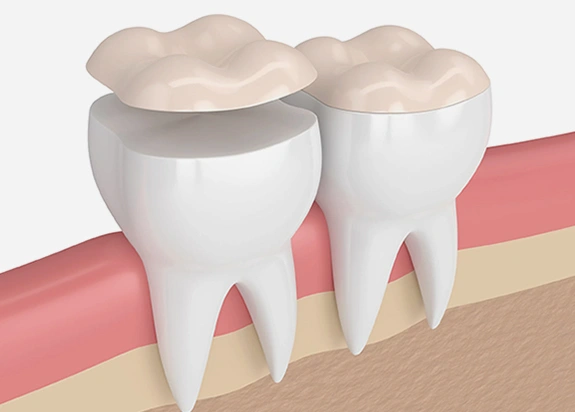
Understanding Dental Inlays and Onlays
Dental inlays and onlays provide a conservative alternative to full crowns for restoring teeth. They are ideal for addressing mild to moderate decay or cracks in back teeth that don't necessitate a full crown. These restorations can be crafted from materials such as porcelain, composite resin, or sometimes gold. Inlays are used when the restoration is confined to the central part of the tooth, whereas onlays extend to cover one or more of the tooth's cusps.
What Are the Advantages of Inlays and Onlays?
- Aesthetic Appeal: Inlays and onlays blend seamlessly with your natural tooth color, making them nearly invisible compared to metal fillings.
- Stable Fit: Unlike metal fillings, inlays and onlays do not expand or contract with temperature changes, ensuring a consistent fit.
- Durability: These restorations can last up to thirty years, outlasting most other types of fillings.
- Conservative Approach: Inlays and onlays require minimal removal of tooth structure, preserving more of your natural tooth while effectively repairing damaged or decayed areas.
How It's Done
Typically, placing inlays and onlays requires two appointments. In the first visit, your dentist will take an impression of your tooth and send it to a lab to create the custom inlay or onlay. A temporary inlay or onlay will be placed to protect your tooth until your next appointment. During the second visit, the dentist will remove the temporary restoration and fit your tooth with the permanent inlay or onlay received from the lab.
